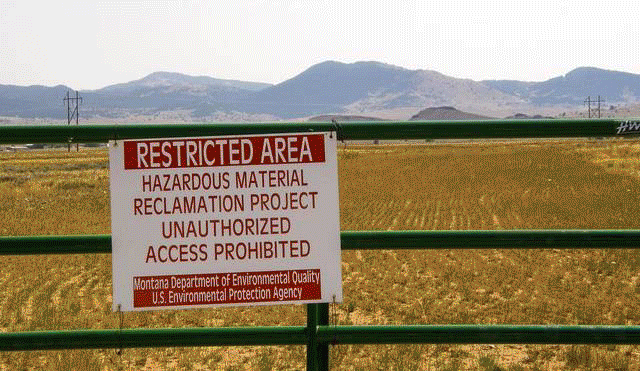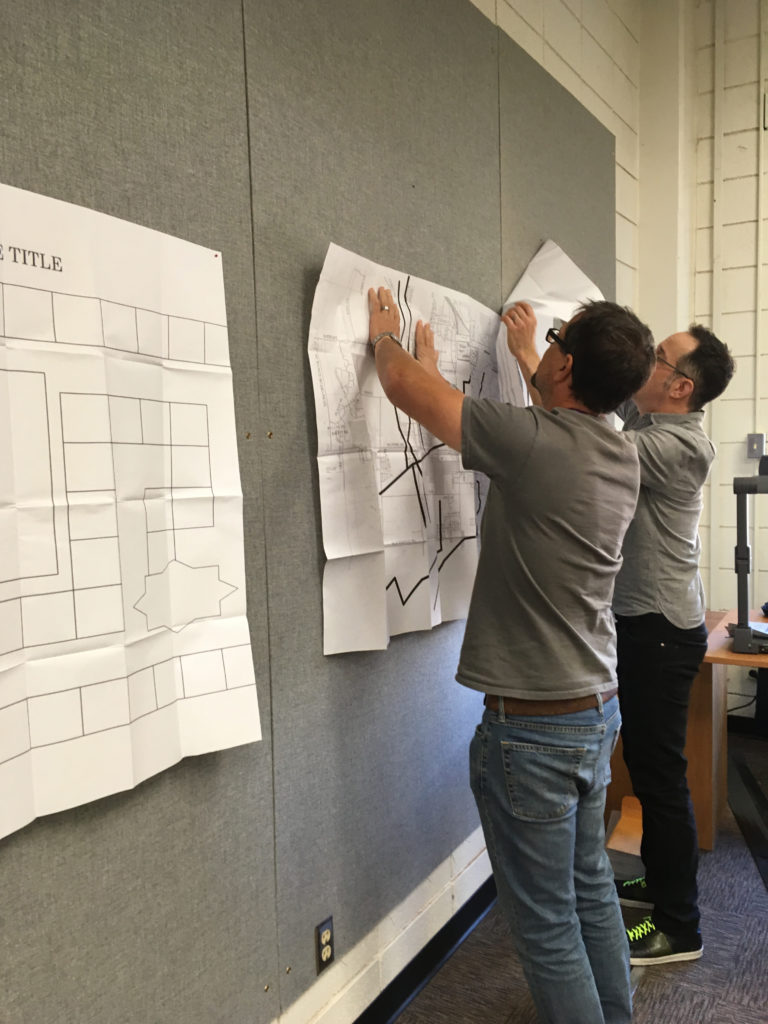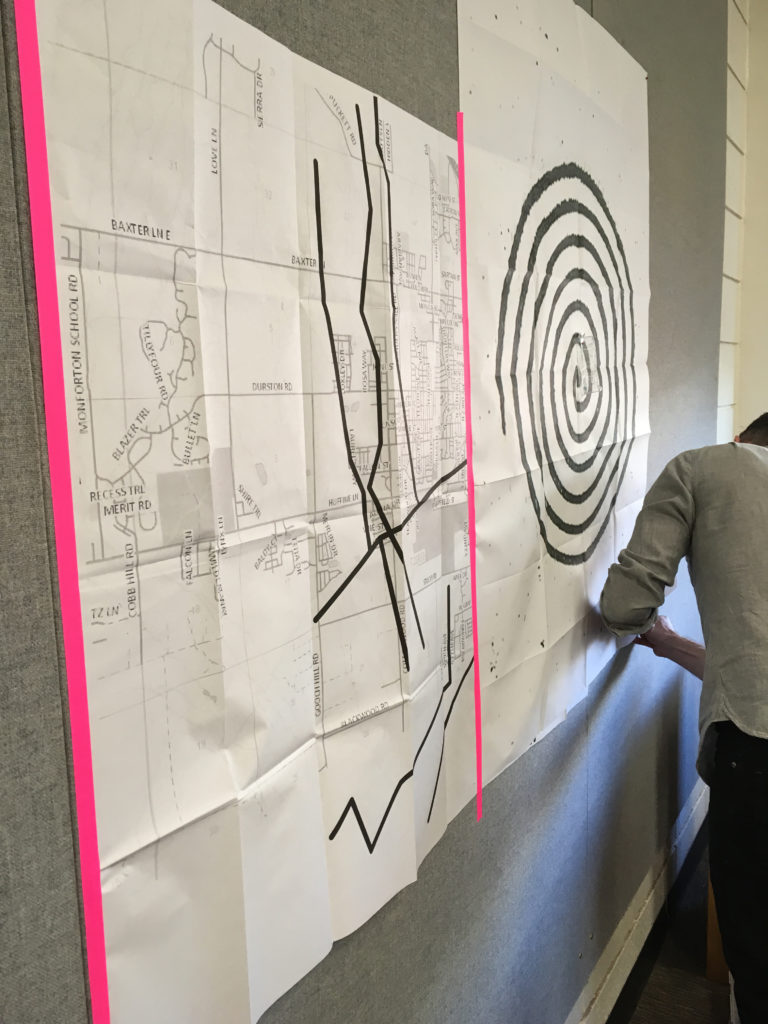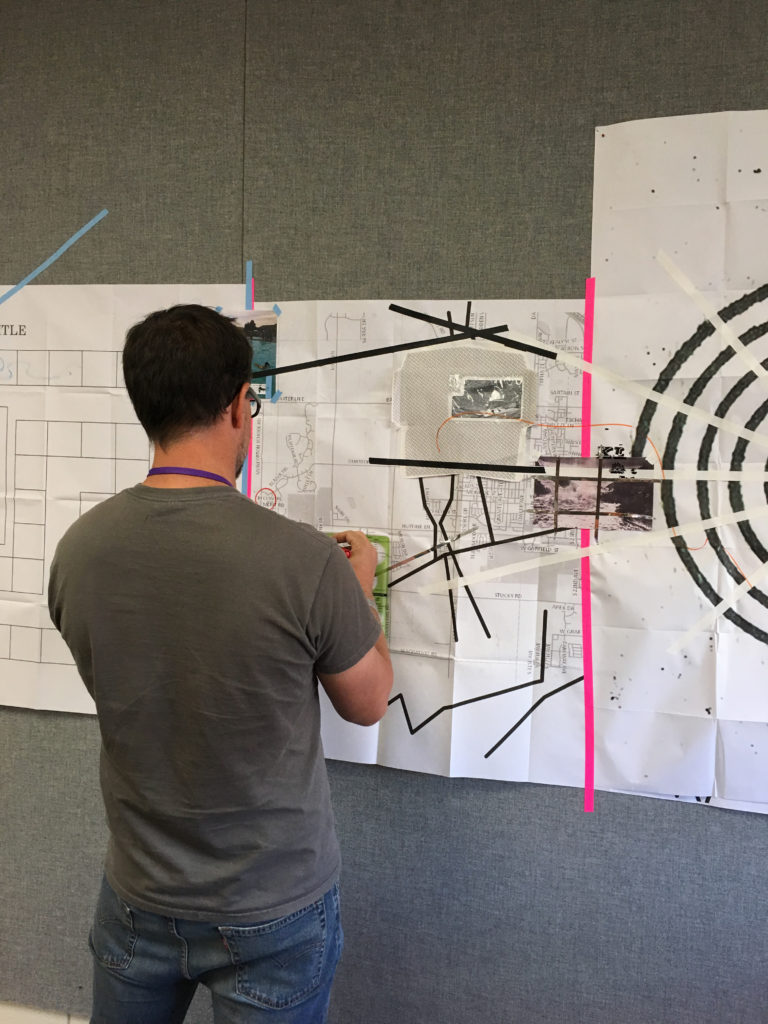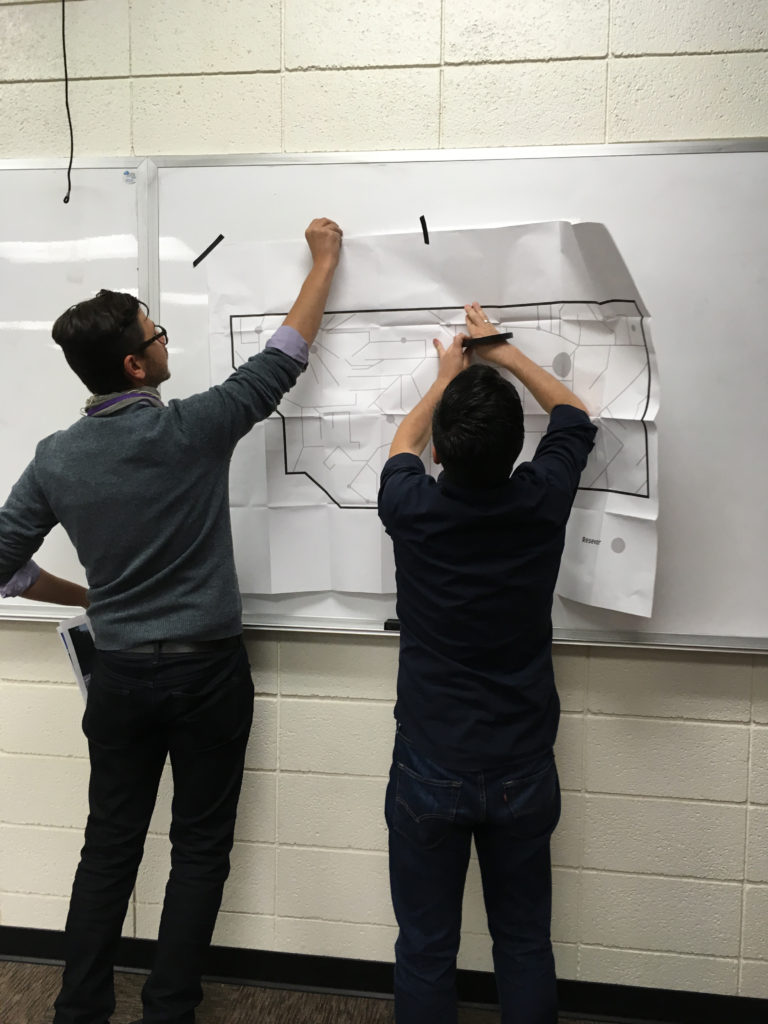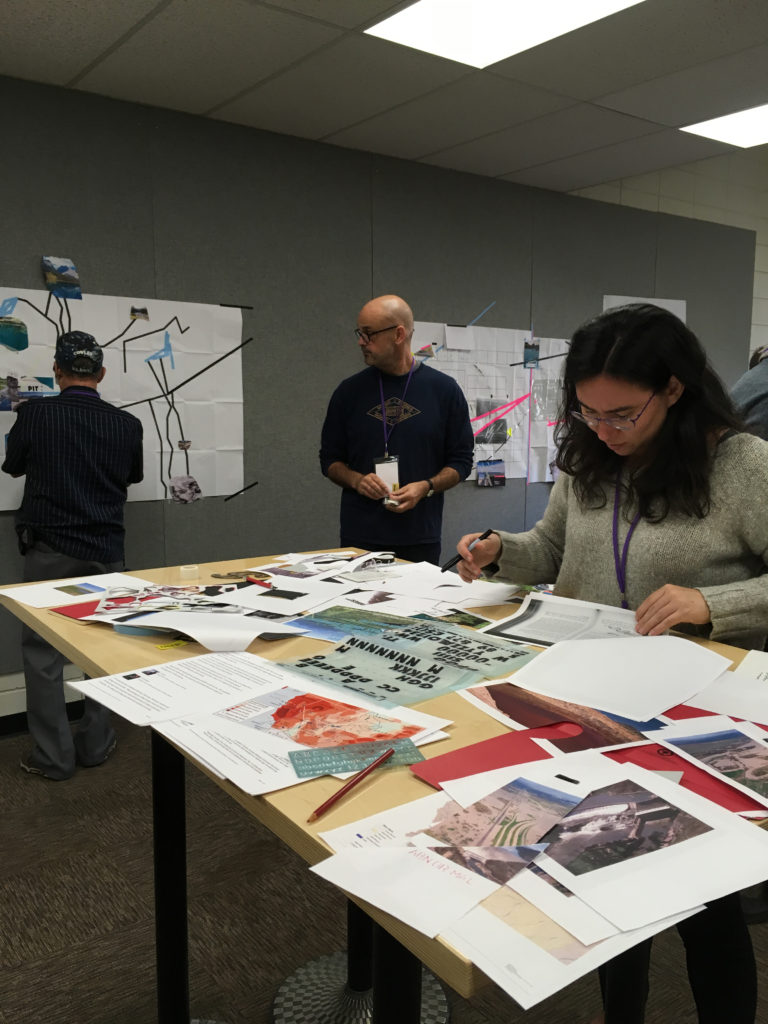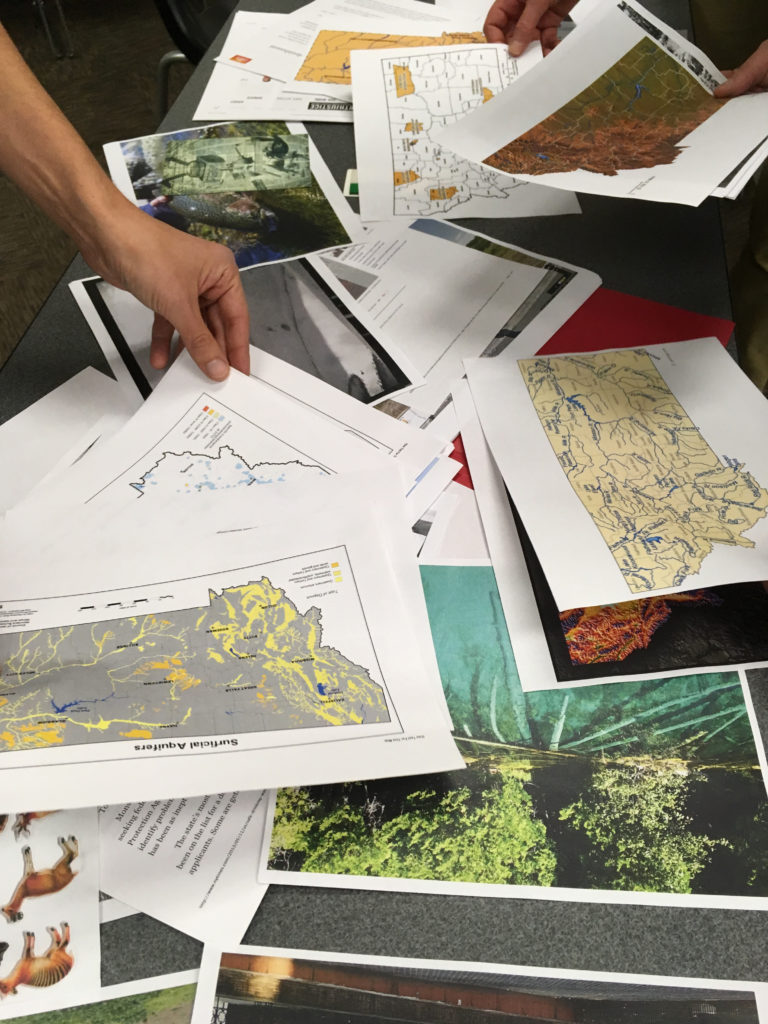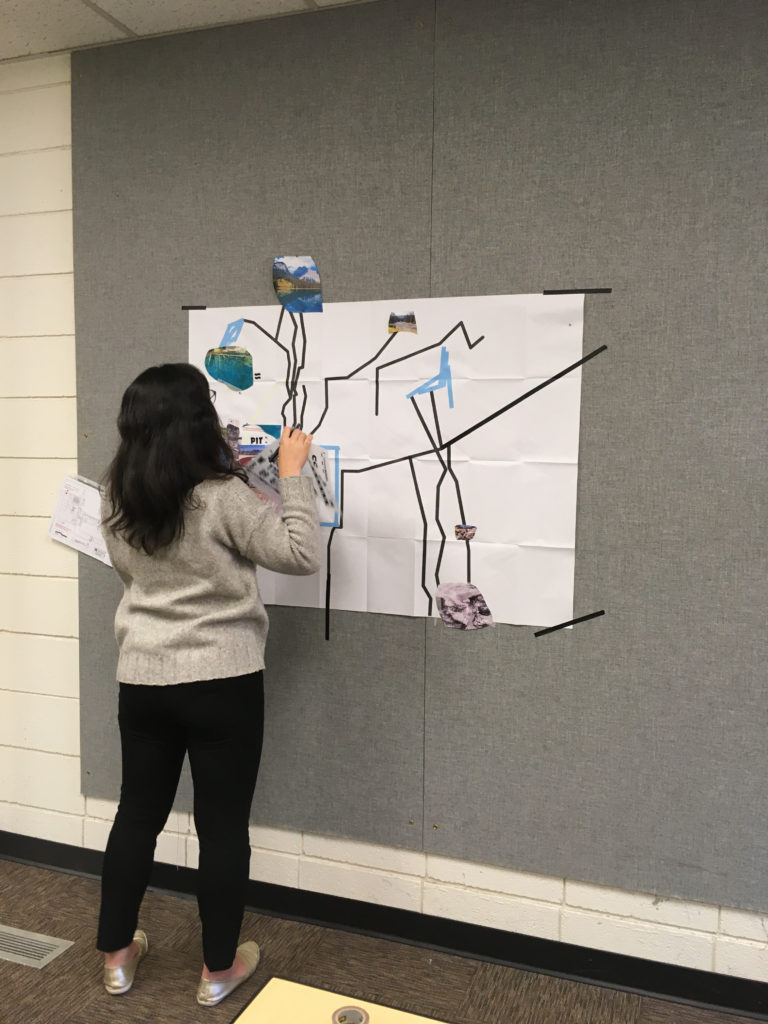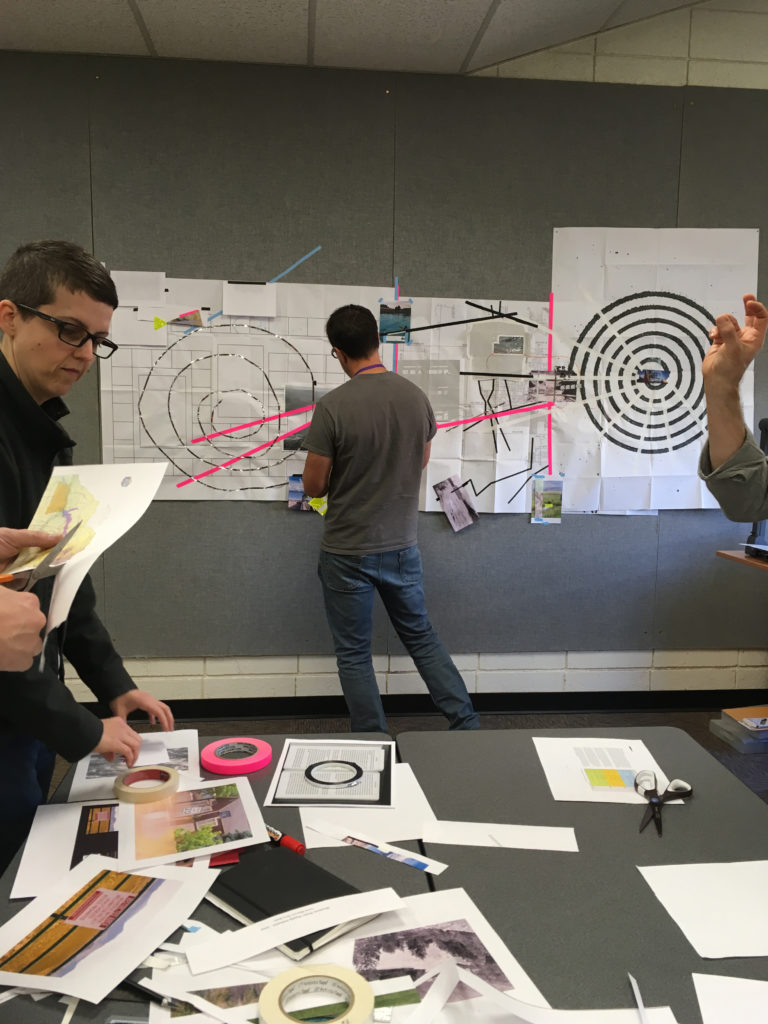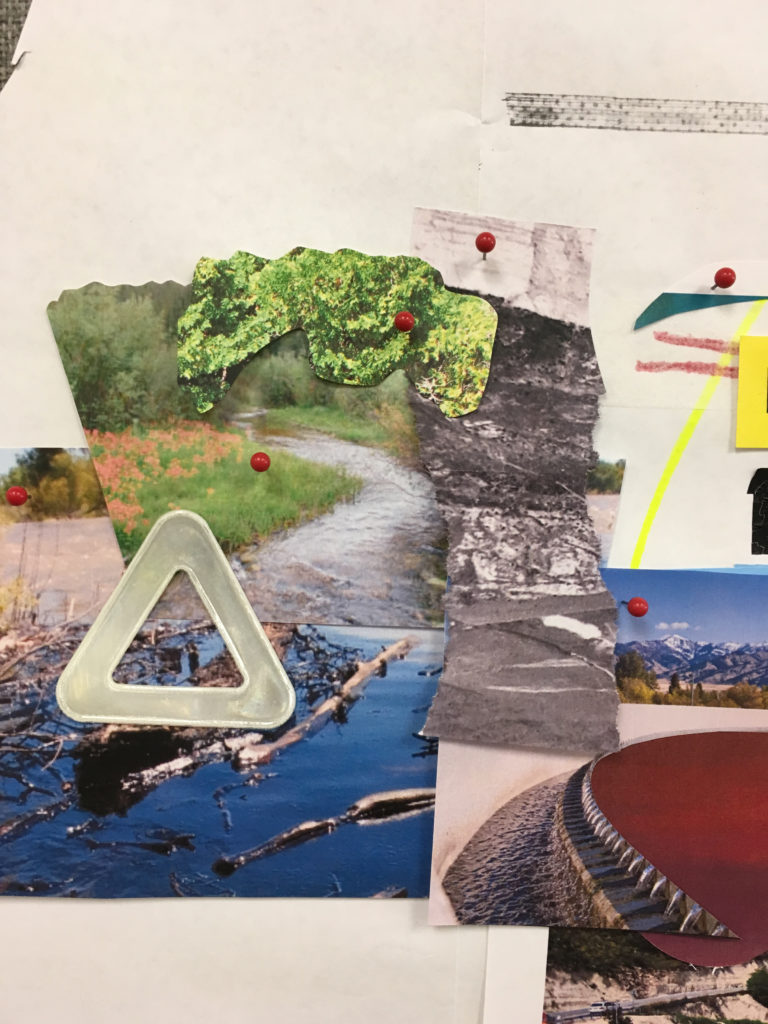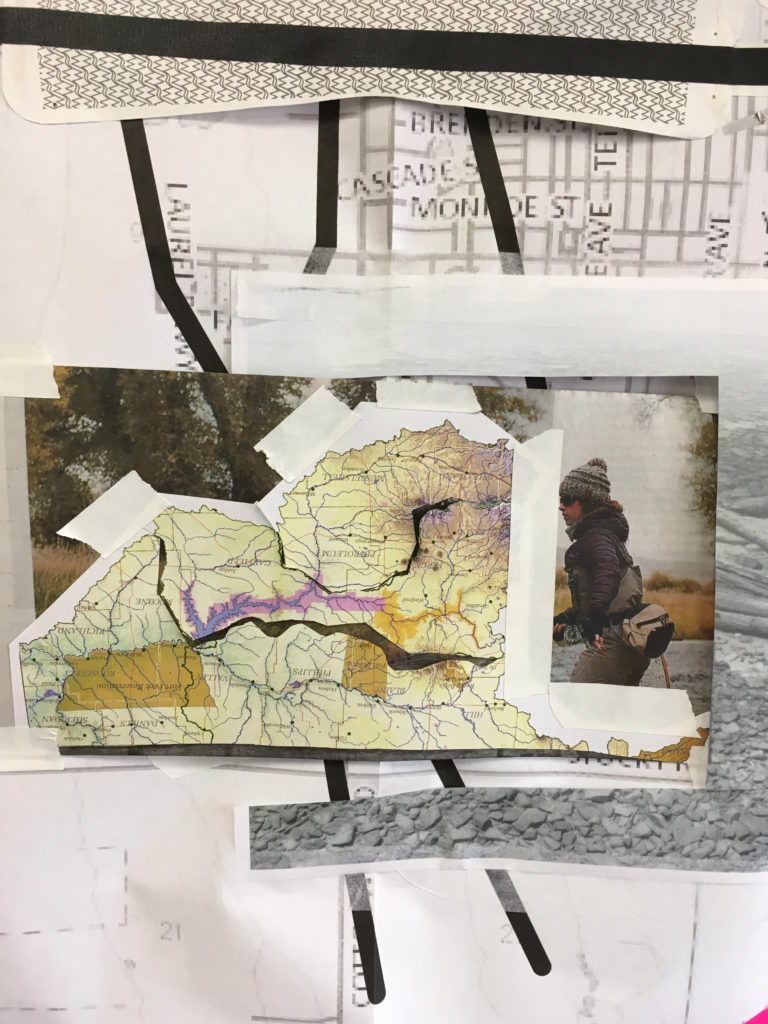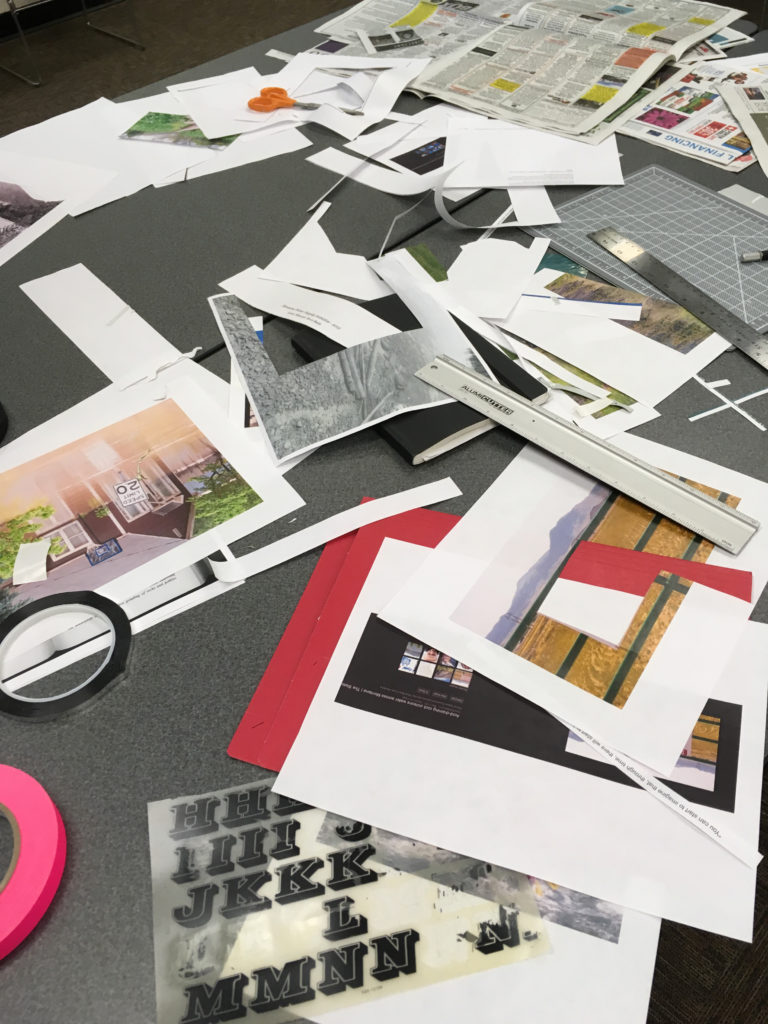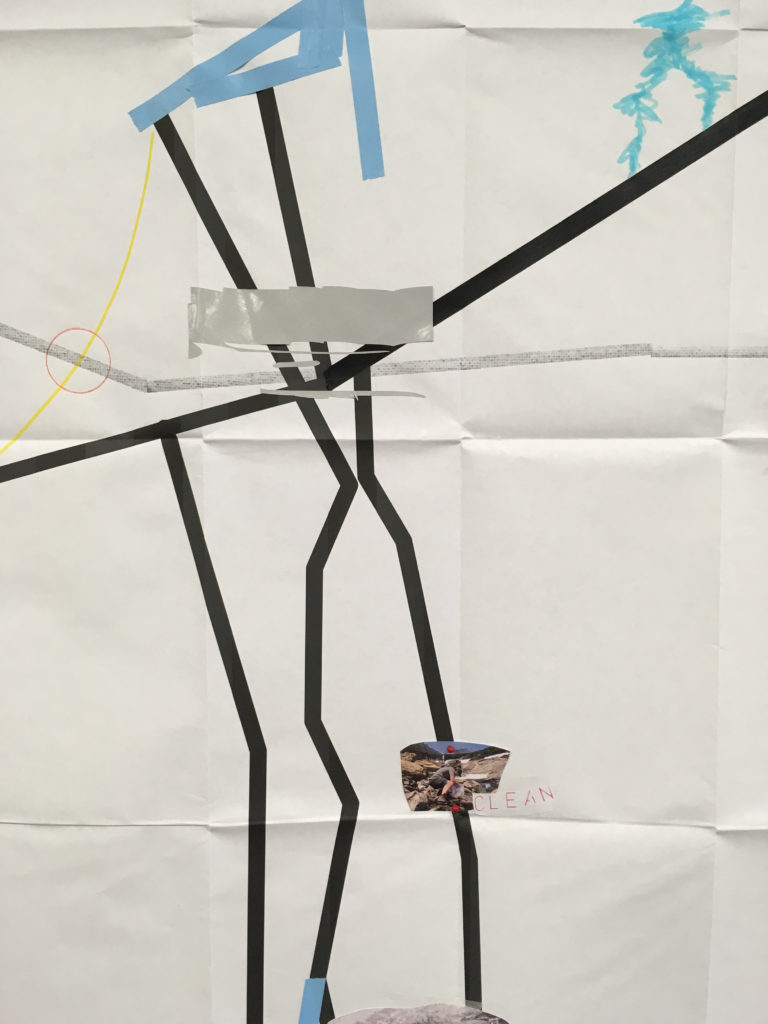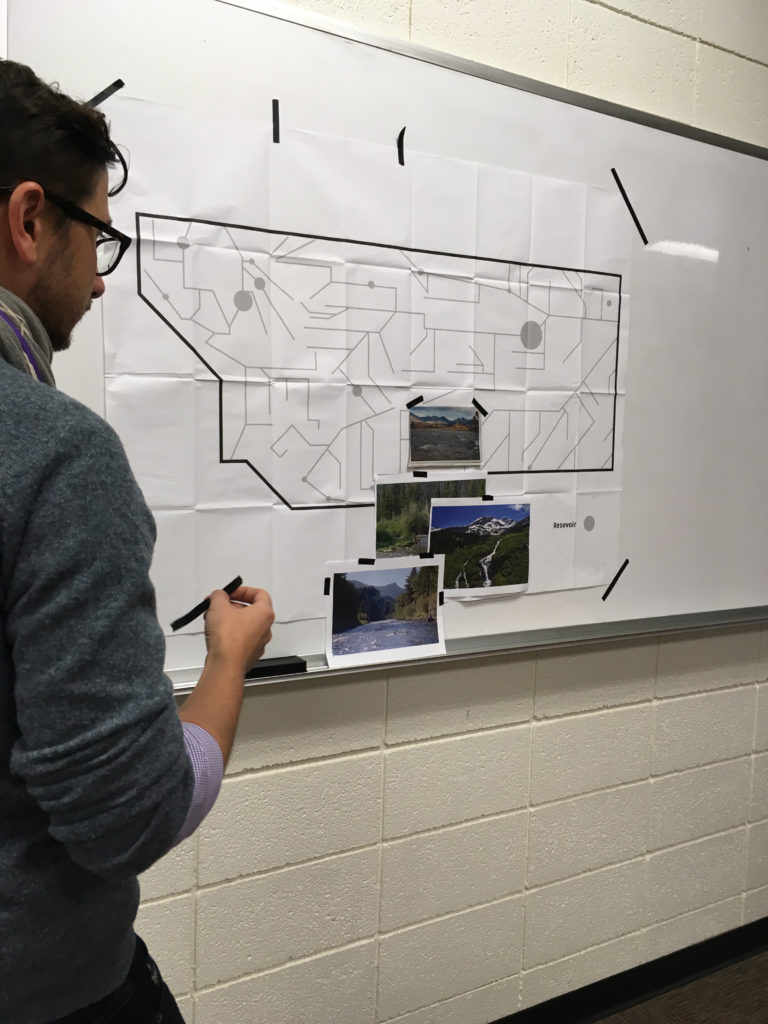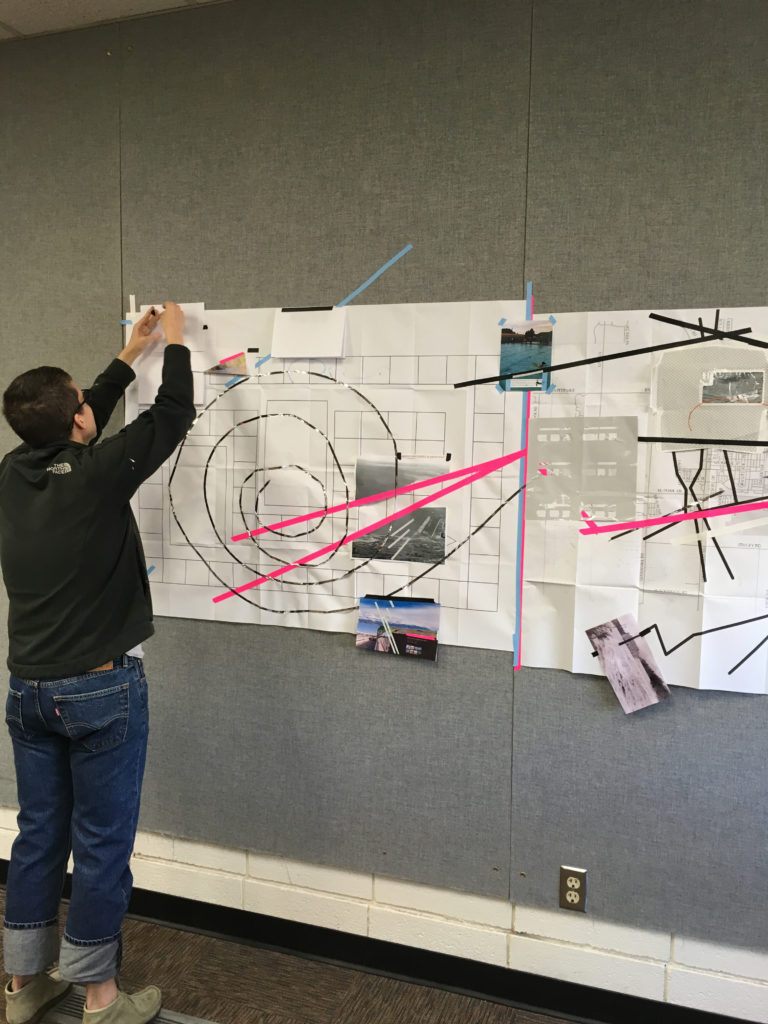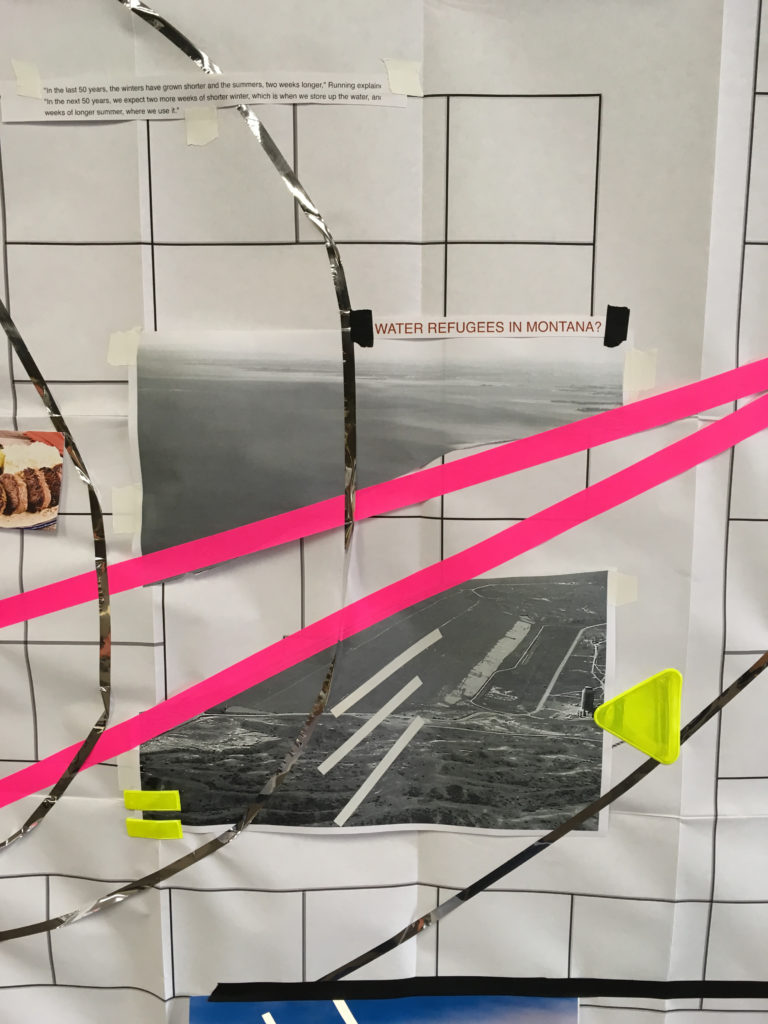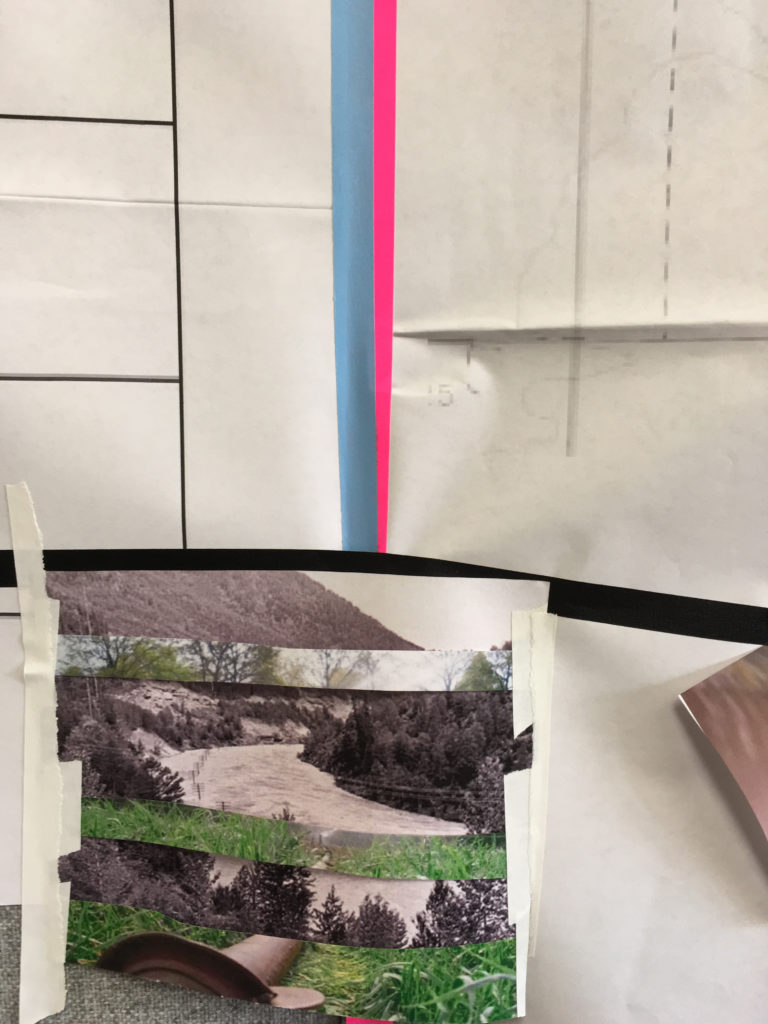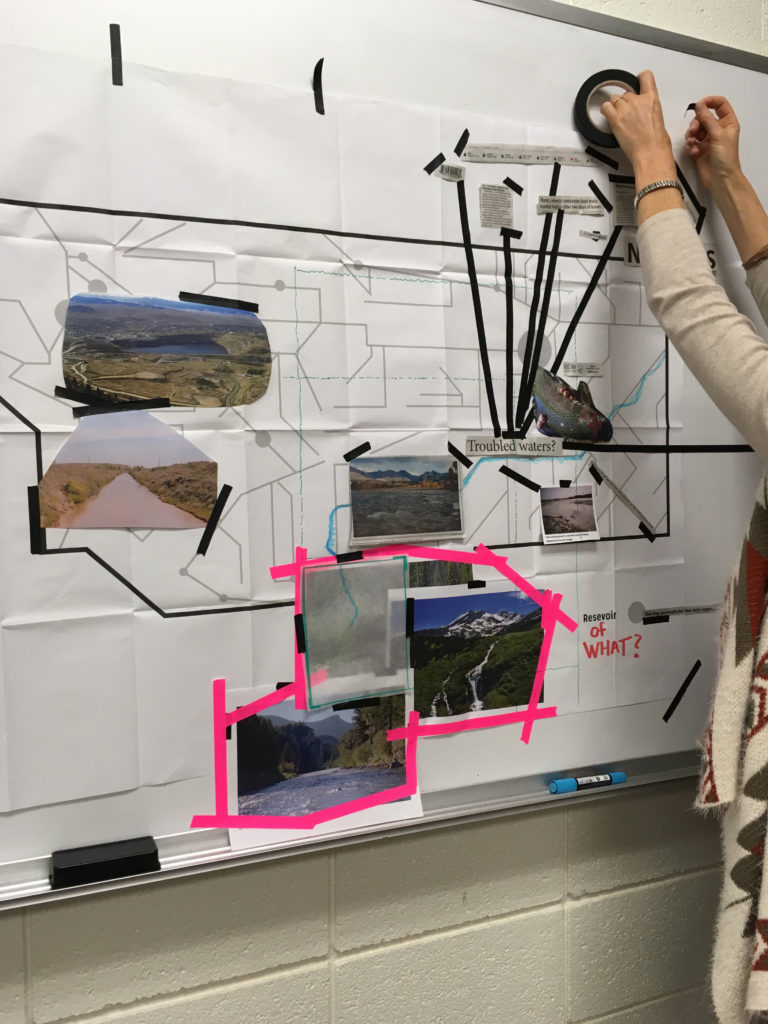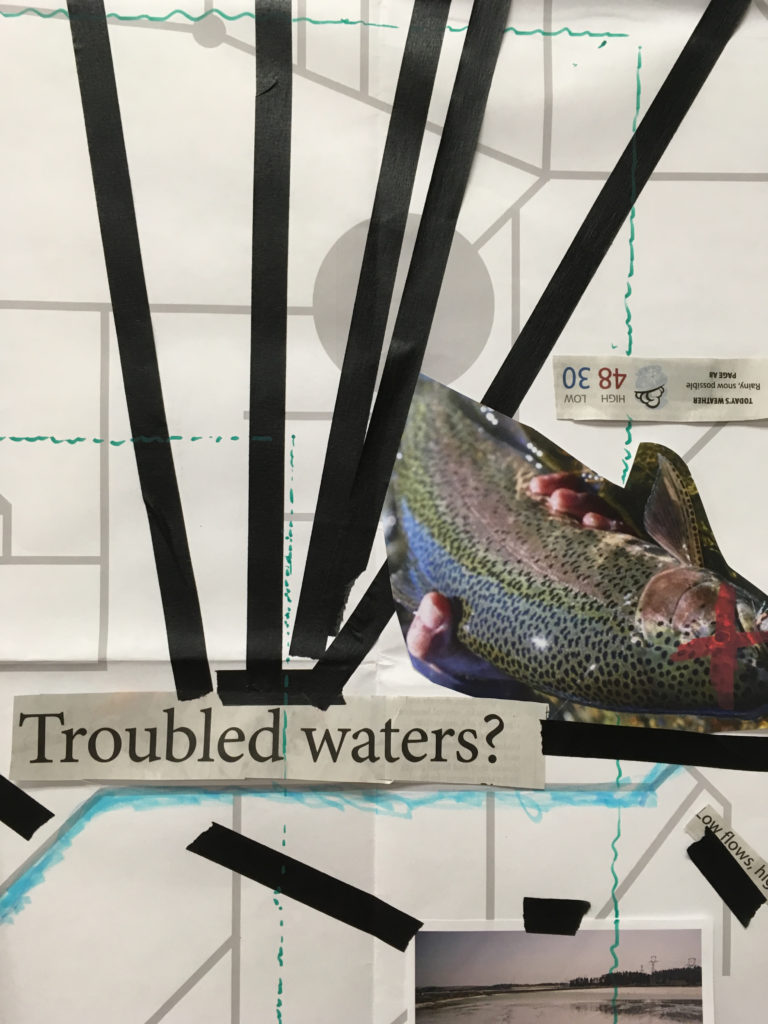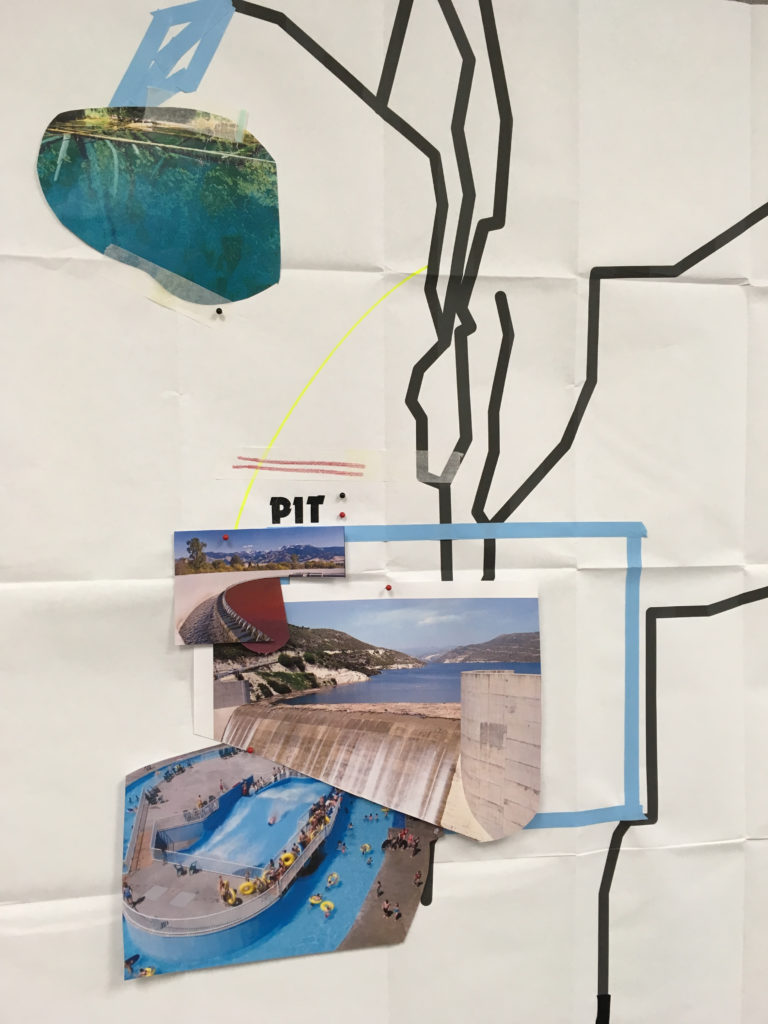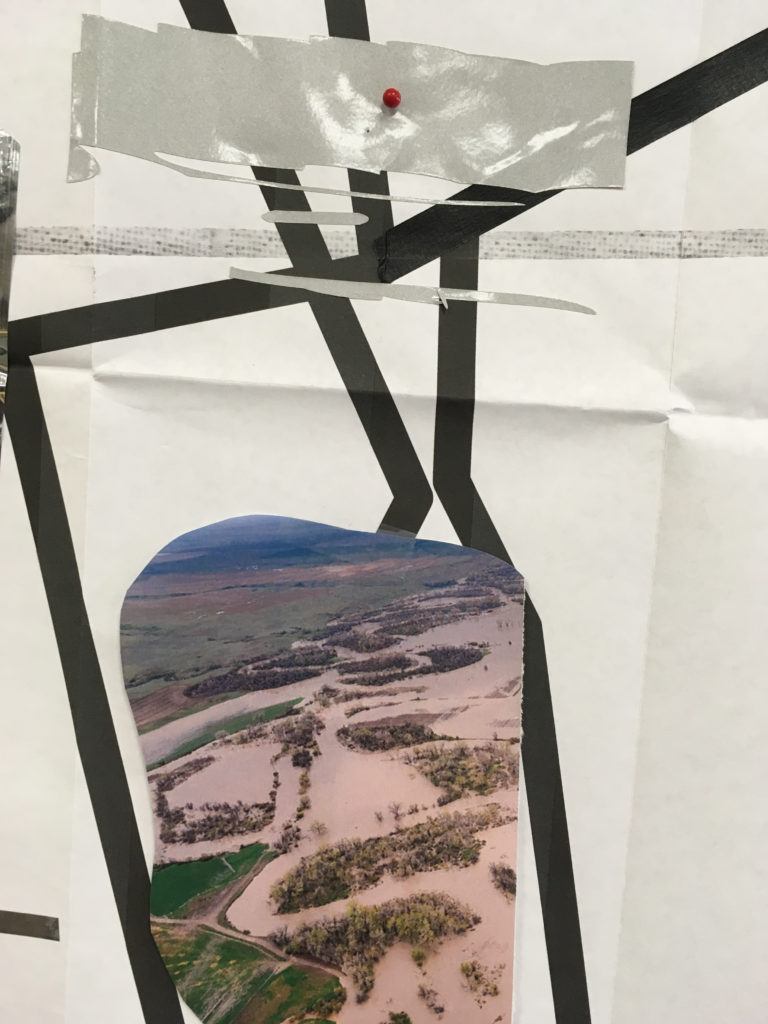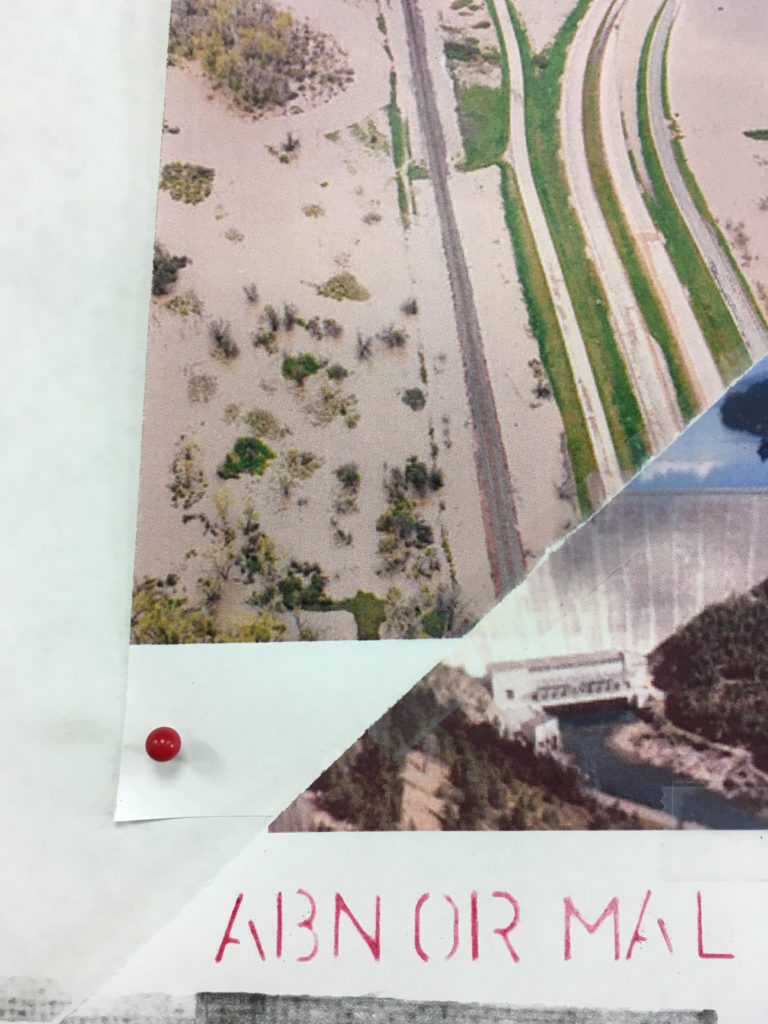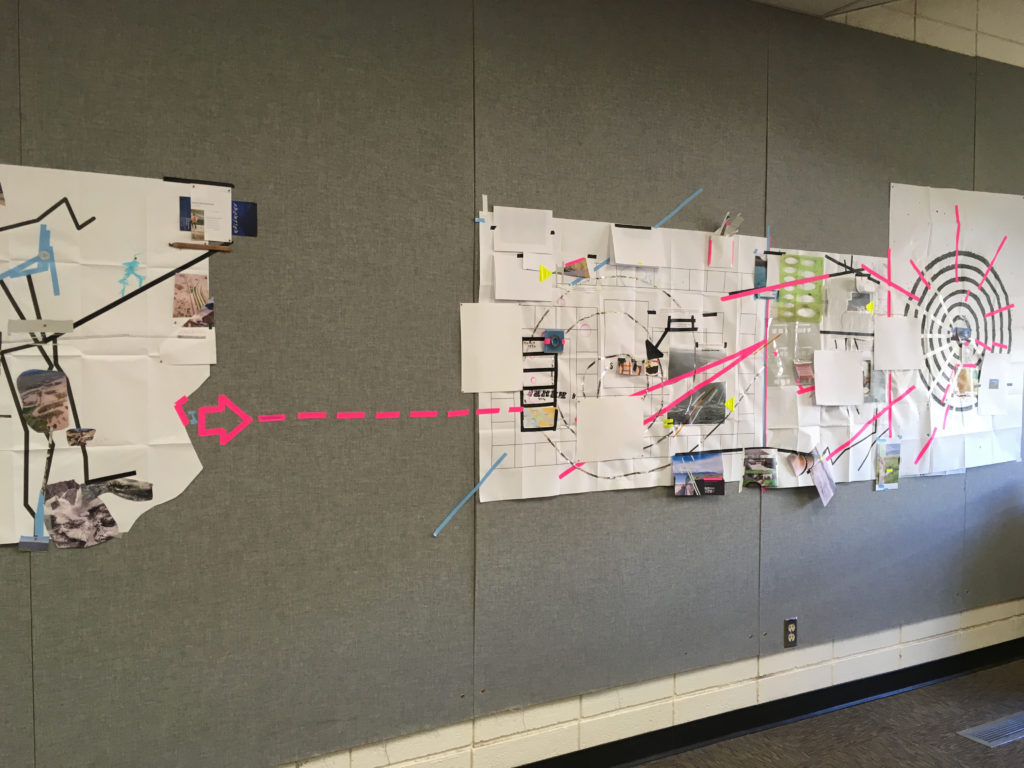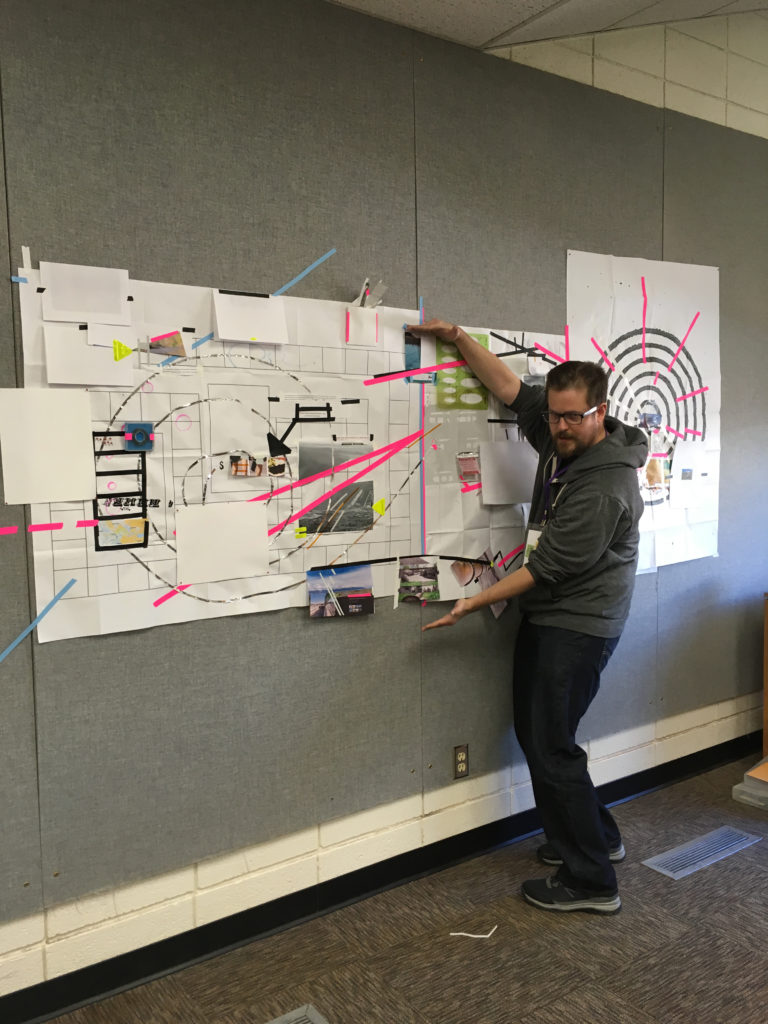Illegitimate Worlds: Water, Montana, and Fictions
2016 (October 8). Workshop led by Rachele Riley and Joshua Singer, at AIGA DEC Conference Frontier in Bozeman, MT.
Joshua Singer and I ran a different data design making workshop at the AIGA Design Educator Conference: Frontier, hosted by Montana State University in Bozeman, MT.
We (RR and JS) started with the premise that “… ‘illegitimate’, imprecise, but approximate translation is one of the most important features of any creative thinking. For these ‘illegitimate’ associations provoke new semantic connections and give rise to texts that are in principle new ones.” (Y. Lotman, Universe of the Mind: A Semiotic Theory of Culture, 2000)
Design shapes the world through representation, engagement, and systems. We asked what happens when designers embrace the illegitimate and imprecise? What value lies in engaging the approximate, the absurd, the irreverent, and ephemeral in forming new metaphors and collaborative models for design?
We proposed that design does not always present truth, or solve problems, but can generate questions and wonder, expose the gaps in knowledge, and counter what is oversimplified. What if, in designing complexities, the results instead confound? What alternative creative working models can allow for this to happen profoundly and with a degree of legibility?
And how are they to be explored in design education? Since this is at an educator’s conference, we were obliged to also ask how can we teach students to handle the illegitimate and imprecise in design? How do we motivate them to develop their own platform for inquiry and making, to challenge what is assumed, and to propose and develop interventions that lead to new realities?
In the end what resulted were some very compelling visual explorations. Instinctual intellectual visual bricolage that was simultaneously beautiful, poetic, surprising, stimulating, and reflective.
We had nine participants who created large wall-based map images from packets of materials that we provided. The data packets included color and b/w images related to water in Montana—ranging from images of rivers, reservoirs, collected and contaminated pools, water amusement parks, maps of aquifers, etc.—and showed both pristine and conflicted views of water in the state. There were also several articles printed out—ranging from Montana-specific concerns to world wide water issues.
Each group of three worked in a purely analog way—cutting up images and text with scissors and x-acto knives; taping, pasting, and pinning things together; rubbing letraset, drawing, and tracing elements onto a large folded-out b/w base print, which we also provided. These b/w Océ prints were of abstract linear elements referring to water in the state. After an introduction to the project and approach, groups worked for an hour and then presented. We plan to publish and share the work more broadly.
